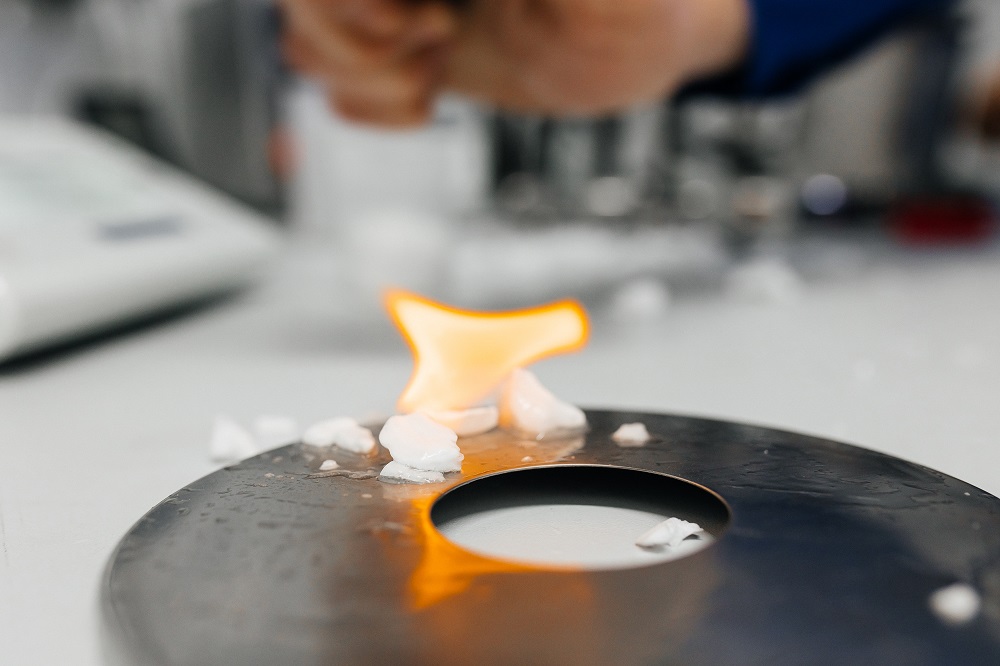The research findings are published in Thermal Science and Engineering Progress (Q1, IF: 4.56).
Gas hydrates are structures composed of gas encapsulated in ice and water and extracted from the bottom of seas and oceans. They are also known as the frozen fuel of the future, or combustible ice. One of their applications is fire localization and suppression.
The researchers have conducted more than 200 experiments to localize and suppress combustion of wood, kerosene, gasoline, diesel fuel, alcohol, crude and refined oil, industrial oils, various grades of coal, coal-processing waste, and natural methane gas hydrates. For this purpose, they simulated fire outbreak in the four most common situations: careless handling of fire, mishandling of heating equipment, electrical short circuit and local fire sources. The experiments covered both indoor and outdoor fires.The main function of a fire suppression system is to lower the temperature, displace oxygen from the combustion zone and prevent ingress of combustion products. Today, gas, liquid and foam systems are commonly used. That is, the main materials for successful fire suppression are ice, water and inert gas. Gas hydrates comprise all of these: the inert gas displaces oxygen from a combustion zone and the ice lowers the fire seat temperature and stops the fire front propagation,
"We have found that to inhibit and suppress combustion, a hydrate must include an inert gas. The most affordable and effective ones are carbon dioxide and freon gas. In the experiments, we used gas hydrate in the form of powder and tablet samples. We dropped it down on the seat of combustion, forming a fire line. The results proved the effectiveness of the technology. To make it clear, these are the early stages of research and we are currently working with small fires and hydrates. Our goal is to prove that the technology is effective," adds Nikita Shlegel, a research engineer at the Research School of High-Energy Physics.
Based on experimental data, the researchers have elaborated physical and mathematical models for localization and suppression of combustion of different substances and materials, and proceeded to creating hydrates that contain surfactants. Dissociation of such a hydrate, along with displacing oxygen from the combustion zone and reducing the temperature, also creates foam on its surface. It inhibits the oxygen flow and facilitates localization of combustion and thermal decomposition of materials.
In the future, the research team plans to develop several devices that will effectively suppress and localize combustion when the hydrate comes into contact with burning material.
"The main reason why gas hydrates are still not used to extinguish fires is the lack of knowledge about what burning conditions they are effective in, and the technology for their transportation, storage and supply to the burning zone. Now these matters are of primary scientific and practical interest, and this is exactly what the researchers in our laboratory are working on," explains Pavel Strizhak.
Reference
For the last seven years, the Heat and Mass Transfer Laboratory has been studying effective fire suppression technologies. In this period, the scientists have studied and developed systems for effective suppression of forest fires and indoor fires, including those at high-risk enterprises (oil and coal mines and others). The laboratory has performed three projects on this topic, supported by the Russian Science Foundation, and published more than 40 articles in top-rated foreign journals.
